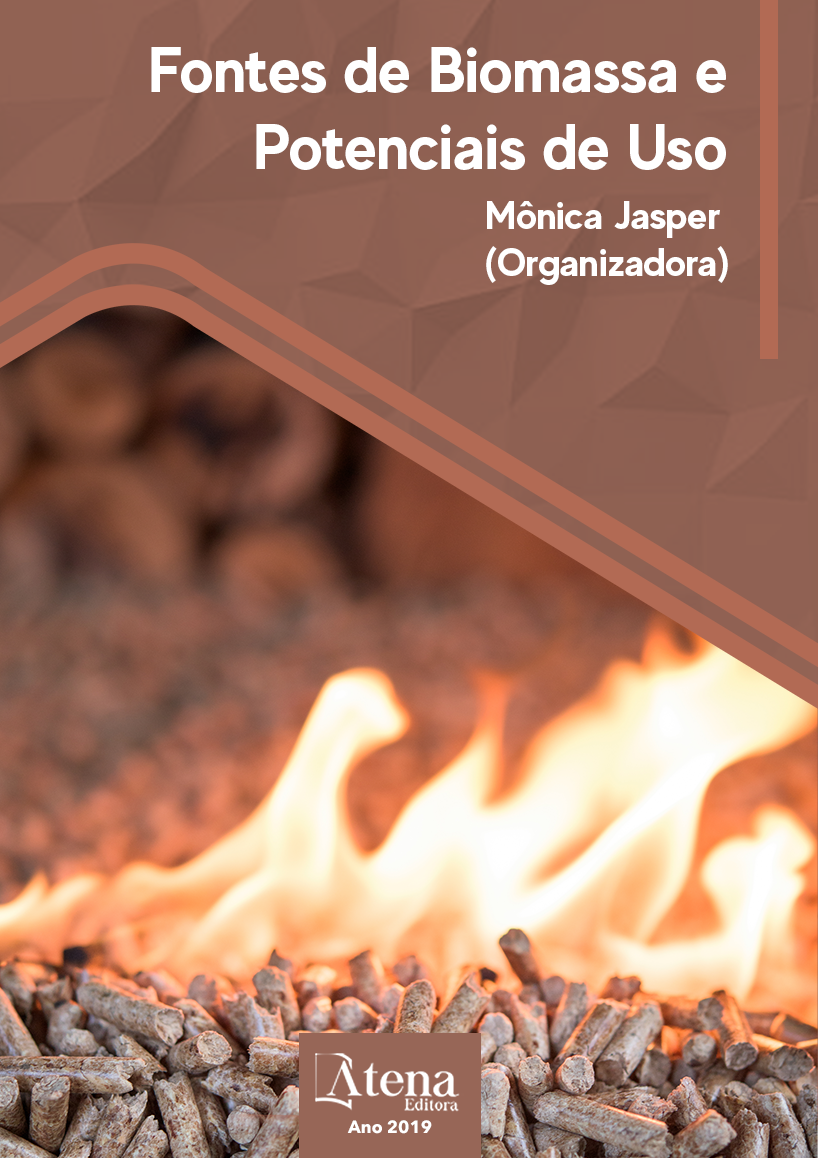
CONVERSÃO DOS ÁCIDOS GRAXOS LIVRES DE ÓLEO DE GIRASSOL EM BIODIESEL UTILIZANDO CATALISADORES ÁCIDOS
O biodiesel pode ser preparado a
partir da transesterificação de triglicerídeos
ou pela esterificação dos ácidos graxos livres
(AGL). A transesterificação com triglicerídeos
tem um custo maior porque é utilizado um óleo
vegetal de alta qualidade, com baixo teor de
AGL. A esterificação utilizando matérias-primas
mais baratas, como óleo bruto com alto teor de
AGL ou somente os AGL, pode gerar biodiesel
com menor custo. Este trabalho consistiu em
converter os AGL do óleo de girassol semi
refinado em biodiesel através de reações de
esterificação utilizando metanol e diferentes
catalisadores ácidos. Todos os catalisadores
apresentaram boas taxas de conversão. Dentre
os catalisadores o ácido p-toluenossulfônico
(APTS) mostrou o melhor resultado e foi
muito mais eficiente na conversão dos AGL
em biodiesel, precisando de apenas 2 h de
reação para produzir biodiesel com 96,2% de
rendimento. Os resultados obtidos durante
o processo de conversão de AGL de óleo de
girassol semi refinado em biodiesel mostraram
que é possível recuperar os AGL contidos na
fase glicerina, gerada durante a produção do
biodiesel em escala industrial. Estes resultados
mostraram também que é possível aumentar
os lucros das indústrias produtoras de biodiesel
purificando o coproduto glicerina, retirando os
AGL por separação de fase e convertendo estes
AGL em biodiesel. Este processo aumentará o
valor comercial dos AGL que atualmente são
considerados como impurezas da glicerina.
CONVERSÃO DOS ÁCIDOS GRAXOS LIVRES DE ÓLEO DE GIRASSOL EM BIODIESEL UTILIZANDO CATALISADORES ÁCIDOS
-
DOI: 10.22533/at.ed.2941916091
-
Palavras-chave: Esterificação; Ácidos Graxos Livres; Biodiesel; Óleo de Girassol.
-
Keywords: Biodiesel can be prepared by transesterification of triglycerides or esterification of free fatty acids (FFA). Transesterification with triglycerides leads a higher cost due the utilization of a high-quality vegetable oil with a low FFA. Esterification using cheaper raw materials, such as vegetable oil crude with high FFA or only FFA, can generate biodiesel at lower cost. This work consisted in converting the AGL of semirefined sunflower oil into biodiesel through esterification reactions using methanol and different acid catalysts. All catalysts had good conversion rates. Among the catalysts the p-toluenesulfonic acid (PTSA) showed the best result and higher efficiency in the conversion of the AGL to biodiesel, requiring only 2 h of reactional time to produce biodiesel with 96.2% yield. The results obtained during the process of conversion of AGL from semi-refined sunflower oil to biodiesel showed that it is possible to recover the AGL contained in the glycerin phase generated during the production of biodiesel on an industrial scale. These results also showed that it is possible to increase the profits of the biodiesel producing industries by purifying the glycerin co-product, removing the FFAs by phase separation and converting these FFAs into biodiesel. This process will increase the commercial value of the AGLs that are currently considered as glycerin impurities.
-
Abstract:
Biodiesel can be prepared by transesterification of triglycerides or
esterification of free fatty acids (FFA). Transesterification with triglycerides leads a
higher cost due the utilization of a high-quality vegetable oil with a low FFA. Esterification
using cheaper raw materials, such as vegetable oil crude with high FFA or only FFA,
can generate biodiesel at lower cost. This work consisted in converting the AGL of semirefined
sunflower oil into biodiesel through esterification reactions using methanol and
different acid catalysts. All catalysts had good conversion rates. Among the catalysts
the p-toluenesulfonic acid (PTSA) showed the best result and higher efficiency in the
conversion of the AGL to biodiesel, requiring only 2 h of reactional time to produce
biodiesel with 96.2% yield. The results obtained during the process of conversion of
AGL from semi-refined sunflower oil to biodiesel showed that it is possible to recover
the AGL contained in the glycerin phase generated during the production of biodiesel on
an industrial scale. These results also showed that it is possible to increase the profits
of the biodiesel producing industries by purifying the glycerin co-product, removing the
FFAs by phase separation and converting these FFAs into biodiesel. This process will
increase the commercial value of the AGLs that are currently considered as glycerin
impurities.
-
Número de páginas: 15
- Patrick Rodrigues Batista
- Marjorie Emanoeli Lopes Vieira
- Palimécio Gimenes Guerrero Júnior
- Paulo Roberto de Oliveira


